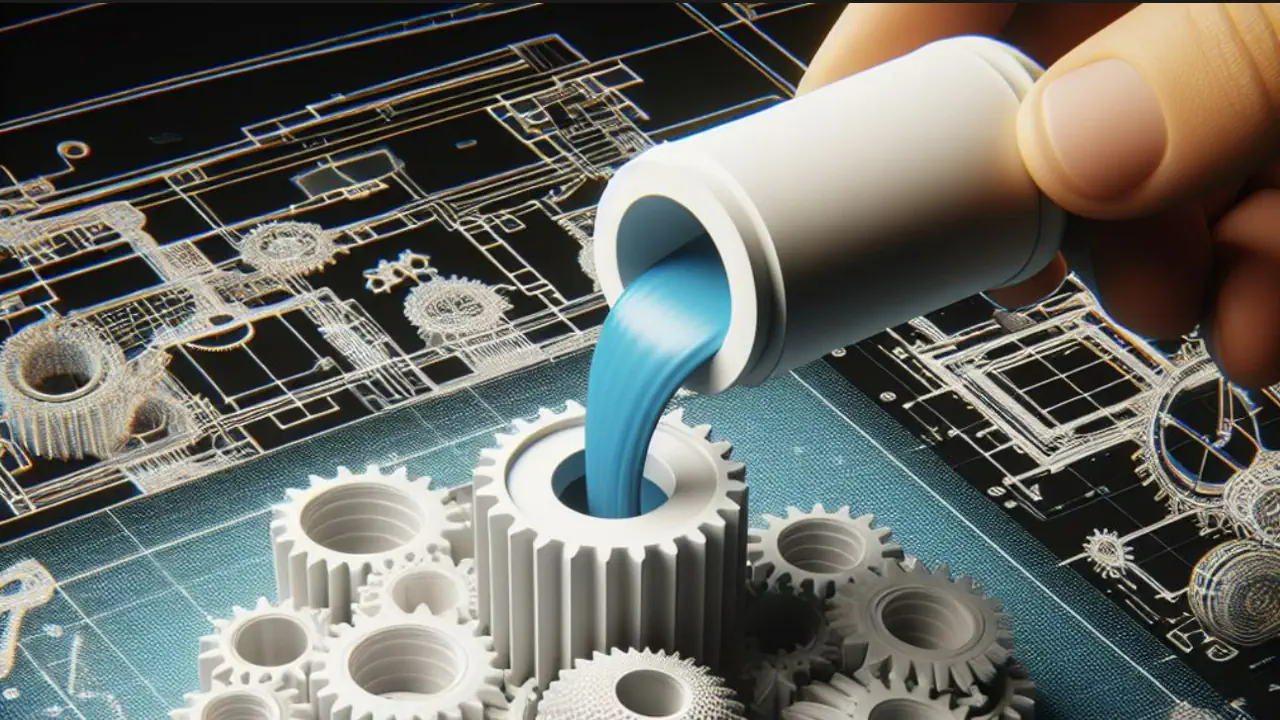
Working with STL Files in AutoCAD: Import, Export, and Conversion Techniques
STL (Stereolithography) files are a cornerstone of 3D printing, representing object surface geometry through triangular meshes. However, AutoCAD doesn't natively support STL files. This article explores techniques for importing, exporting, and converting STL files within AutoCAD using the built-in STLOUT command and the powerful Automesher Application.
Exporting DWG Models as STL with STLOUT
AutoCAD offers the STLOUT command, a built-in functionality for exporting 3D solids and watertight meshes to STL format. Here's a breakdown of the process:
- Object Selection: Choose the specific 3D solids or watertight meshes within your DWG drawing that you want to export as an STL file.
- Command Execution and File Specification: Type the STLOUT command in the AutoCAD command line. This will prompt you to specify a file name and location for your exported STL file.
- File Format Selection (Optional): While not mandatory, you can choose between creating a binary or ASCII STL file. Binary files offer a smaller file size but are less human-readable, while ASCII files are larger but easier for humans to understand.
Once you've completed these steps, the STLOUT command will generate an STL file with the specified name and location. This file can then be used for 3D printing your AutoCAD model.
Unleashing Potential with Automesher
While STLOUT is a helpful tool, Automesher offers a more versatile solution for working with STL files in AutoCAD. As a CAD extender, Automesher significantly enhances AutoCAD's import and export capabilities for various 3D file formats, including STL, OBJ, 3DS, SKP, 3DM, and more. Here's how Automesher expands your STL workflow:
- Flexible Import Options: Automesher empowers you to import STL files into AutoCAD in various formats beyond just polyface meshes. You can choose from options like polygon meshes, faces, points, or even convert them directly into 3D solids within your AutoCAD environment.
- Surpassing STLOUT Limitations: Automesher breaks free from the restrictions of the STLOUT command. It allows you to export any DWG drawing entity, not just solids and meshes, to an STL file. This provides exceptional flexibility for your export workflows.
- Balancing Mesh Resolution: Automesher offers control over the resolution of your exported STL file. This is determined by the FACETRES system variable within AutoCAD. A higher FACETRES value creates a finer mesh, resulting in a more detailed representation of your model but also a larger file size. Automesher allows you to strike a balance between detail and file size based on your specific needs.
STL files in AutoCAD: Conclusion
While STL files are prevalent in 3D printing and modeling, their lack of native support in AutoCAD can hinder your workflow. By leveraging the STLOUT command and the advanced functionalities of Automesher, you can seamlessly import, export, and convert STL files within your AutoCAD environment. This empowers you to integrate STL data into your projects with greater ease and efficiency, ultimately boosting your productivity when working with 3D models in AutoCAD.